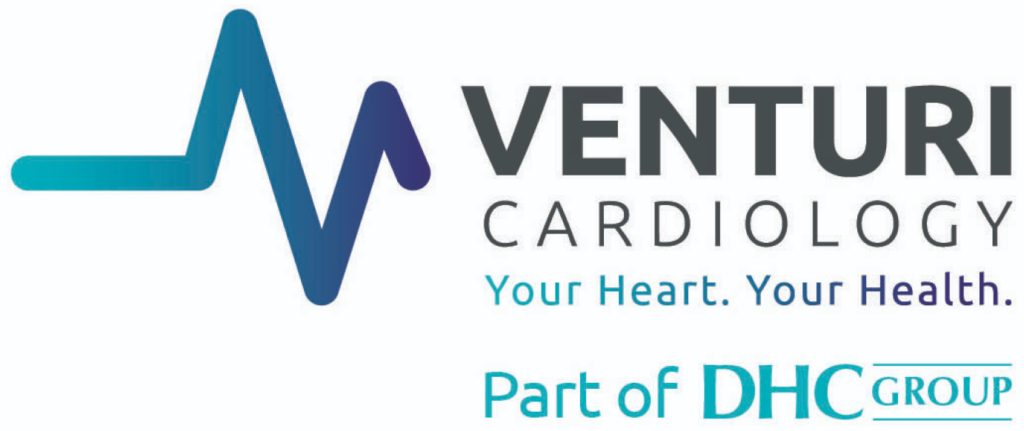Many people die of cardiovascular related illness each year, but could more people be saved if preventative measures were implemented on a national level? Dr Scott Murray, a leading cardiologist, explains the potential of embracing a more preventative approach to cardiology care.
Cardiovascular disease in the UK
In the UK, more than 80,000 people die each year from cardiovascular-related illnesses (conditions relating to the heart and blood vessels). The following statistics support the need to implement additional measures to prevent these illnesses:
- They account for 20% of all male deaths
- They account for 16% of all female deaths
- Coronary heart disease causes many premature deaths (under 75 years old)
- Each year, 2.5 million years of life are lost
- Cardiovascular illnesses cost the NHS £4 billion
Through research, our cardiology treatment capabilities have evolved in the form of stents and other techniques. However, there is a missing component to this evolution; we have not been able to precisely predict and locate in advance where plaque will strike and cause a heart attack (clinically known as a myocardial infarction). Plaque builds up in your artery walls and eventually blocks the arteries, preventing blood flow and causing the heart attack. One way to put this is that we’re focusing on fighting the problem when we could focus more on preventing the problem in the first place. We need to focus on the early detection and prevention of the formation of plaque so that heart attacks don’t occur. There is no heart attack without plaque.
We can now detect plaque in a non-invasive way with a coronary artery CT angiography. With this scan, the condition of the arteries and other blood vessels that come in and out of the heart can be examined. To some degree, it allows us to examine plaque composition and potentially highlight the plaques that may cause a heart attack in the future. This test should be classed as an alarm (wake-up call!) for the risk of a heart attack?
CT scans carry a very minor risk of radiation exposure and because of the unfounded fear of this, it has not been used as a mass screening tool. Furthermore, we still see patients from all ages, with no clear signs of being at risk, who have heart attacks. Therefore, we need a better strategy to detect who is at a high-risk of a heart attack, or to prevent it in the first place.
Prevention at a population level
One way to lower the risk of heart attacks is to change perceptions and lifestyle habits regarding food in the UK. For example, if the consumption of artificial trans-fats in the UK could be decreased by 1%, 7,000 deaths per year could be prevented. Other things that could be done on a national level are:
- banning advertising for fast food/convenience food and delivery food.
- banning advertising for products with high-sugar content.
- placing a limit on how much sugar or sweeteners can be used in food, such as drinks, snacks and cereals.
- adding stronger warnings that highlight the calories contained in processed food from high sugar and high processed fat that are implicit in the obesity epidemic, similarly to warnings on cigarette packets that say “smoking causes cancer”.
People who aren’t yet diabetic, but have the potential to become so due to their diet, weight and body habitus need to be warned. This is necessary because recent studies have given evidence that once you have even a fasting blood sugar of >5.6 then you are at risk of accelerated Cardiovascular disease.
Get in contact with Dr Murray to address any doubts regarding your cardiovascular health.
http://www.foodactive.org.uk/wp-content/uploads/2016/10/Dr-Scott-Murray-Food-Active-2016.pdf
https://twitter.com/drscottmurray?lang=en
https://www.topdoctors.co.uk/doctor/scott-murray
https://www.ncbi.nlm.nih.gov/pubmed/?term=Murray+SW
https://www.extratimemovie.com/
Vulnerable Patients are more important than Vulnerable Heart Plaques
Since 1912 and the days of JB Herrick [1], we have been trying to unfold the enigma responsible for acute coronary syndrome events. Despite significant advances in our understanding and ability to image what we perceive to be “vulnerable” plaques, we still do not have great evidence that medications or invasive treatment will have an impact on the outcome of that particular plaque.
We always create a simplified view of the things that should contribute to this or appear plausible. The truth is that there may be 50 or more other reasons why the event happened where and when it did. I like to think of events as a culmination akin to “a perfect storm” at the specific point in the vessel wall. Numerous factors come together at an unfortunate climax, leading to the unveiling of the evanescent chameleon. Will it ultimately seal and heal, with only a small amount of plaque progression? Or will it propagate massive platelet activation and thrombus that can occlude the heart artery? I have always thought that a bigger, lipid and necrotic rich plaque burden would potentially release a greater amount of activated factors and ultimately occlude the lumen more.
The vulnerable plaque theory has lots of issues. Principally, a “biologically active” plaque can change over time (possibly even as short as a few months). Notwithstanding this major issue, we must start to consider the whole problem in more detail and attempt to understand “the perfect storm”. A recent review by Renu Virmani and Valentin Fuster [2] has highlighted six major areas that can help us map out the array of variables that are responsible for these arterial natural disasters.
1. Plaque Characteristics (location, endothelial dysfunction, composition, vessel remodelling)
2. Blood Flow (shear stress, hypertension, viscosity etc)
3. Haemostasis (platelet function, tissue factor, PAI-1, thrombin, coagulation factors etc)
4. Inflammation/metabolic conditions (Infection, CKD, diabetes, metabolic syndrome etc)
5. Neuro-hormonal (mental stress, depression etc)
6. Environmental (diet, smoking, drugs, sedentary lifestyle, extreme exertion etc)
I would add to this a seventh: Genetics (A genetic pre-disposition that may encompass all of the above other factors, but is currently poorly understood).
The lead author in this publication (Dr Arbab-Zadeh) has coined an excellent quote:
“Most acute coronary syndromes are ultimately caused by plaque rupture, but most plaque ruptures do not cause acute coronary syndromes. This should change the way that we look at risky patients”
Having been someone who has spent a lot of time focussed on risk modelling the specific features of plaque that can point towards instability [3], this now seems like the easy way out. We need to cast the net wider and consider things that previously may have been after-thoughts. What causes the asymptomatic, unassuming patient to have a major adverse cardiac event from a specific point in the artery?
The PREDICTION study [4] has recently shown that plaque burden and endothelial shear stress can pinpoint areas where luminal reduction will occur and although symptomatic presentations with ACS were very low in this trial, there was a progression towards a significant angiographic stenosis during follow up of these points.
My hope is that through advances in CT plaque diagnostics we will know about the potential plaque problems in the most vulnerable patients before the event.
References
1. 1. Herrick JB. Clinical Features of sudden obstruction of the coronary arteries. J Am Med Assoc 1912; 59: 2015-2020.
2. Arbab-Zadeh A, Nakano M, Virmani R, Fuster V. Acute Coronary Events. Circulation 2012; 125: 1147-1156.
3. 3. Murray SW, Stables RH, Garcia-Garcia HM, Serruys PW et al. Construction and Validation of a plaque discrimination score from the anatomical and histological differences in coronary atherosclerosis: The Liverpool IVUS-V-HEART (Intra-Vascular Ultrasound Virtual Histology Evaluation of Atherosclerosis Requiring Treatment) study. Eurointervention 2014 (published online before print).
4. 4. Stone PH, Saito S, Takahashi S, Makita Y et al. Prediction of progression of coronary artery disease and clinical outcomes using vascular profiling of endothelial shear stress and arterial plaque characteristics: The PREDICTION Study. Circulation, 2012 vol. 126(2). 172-81.












